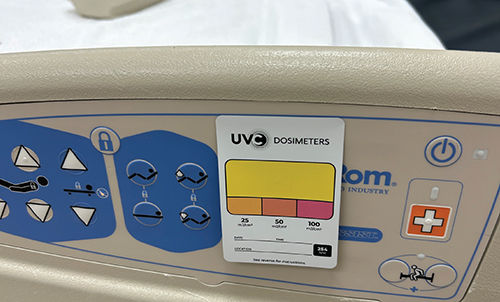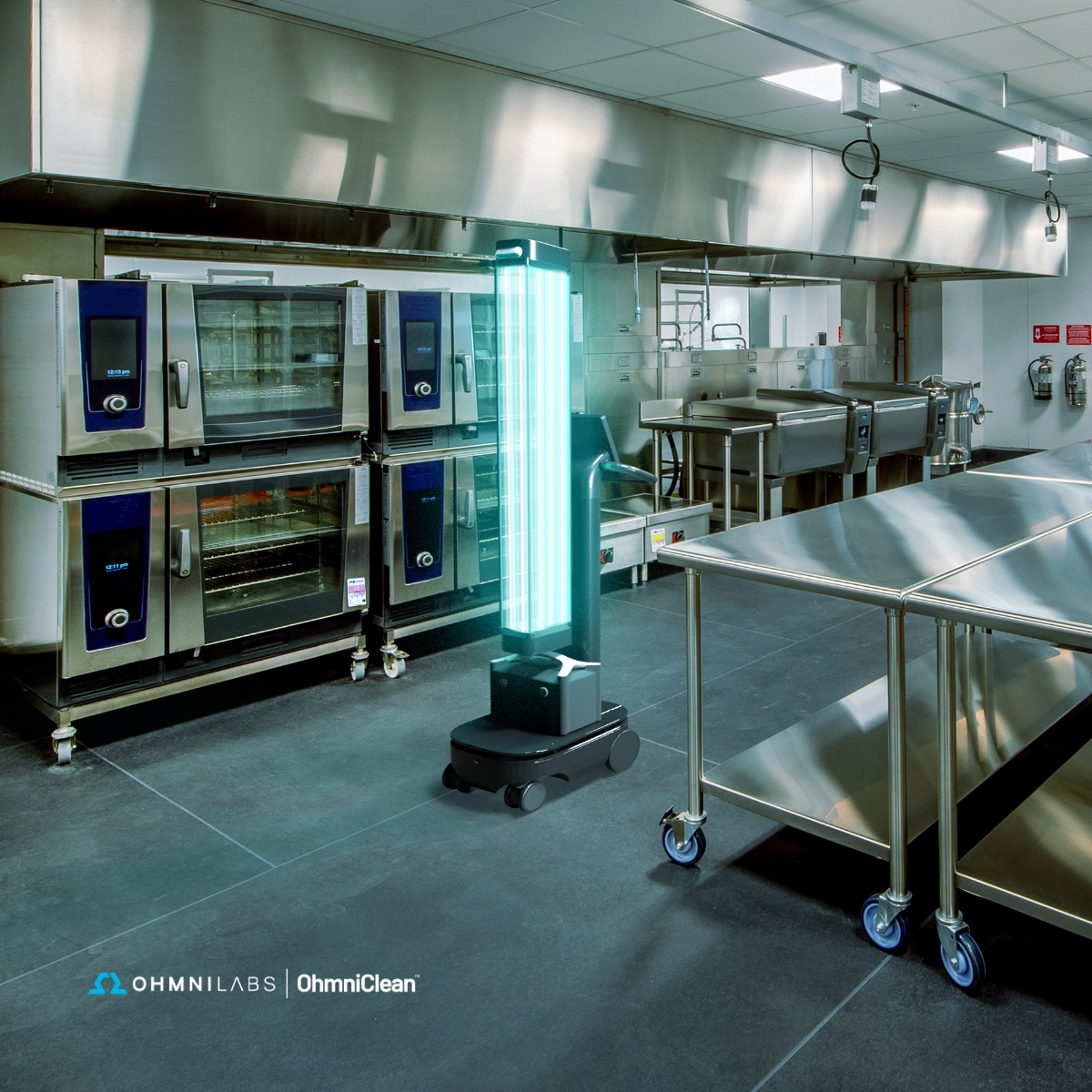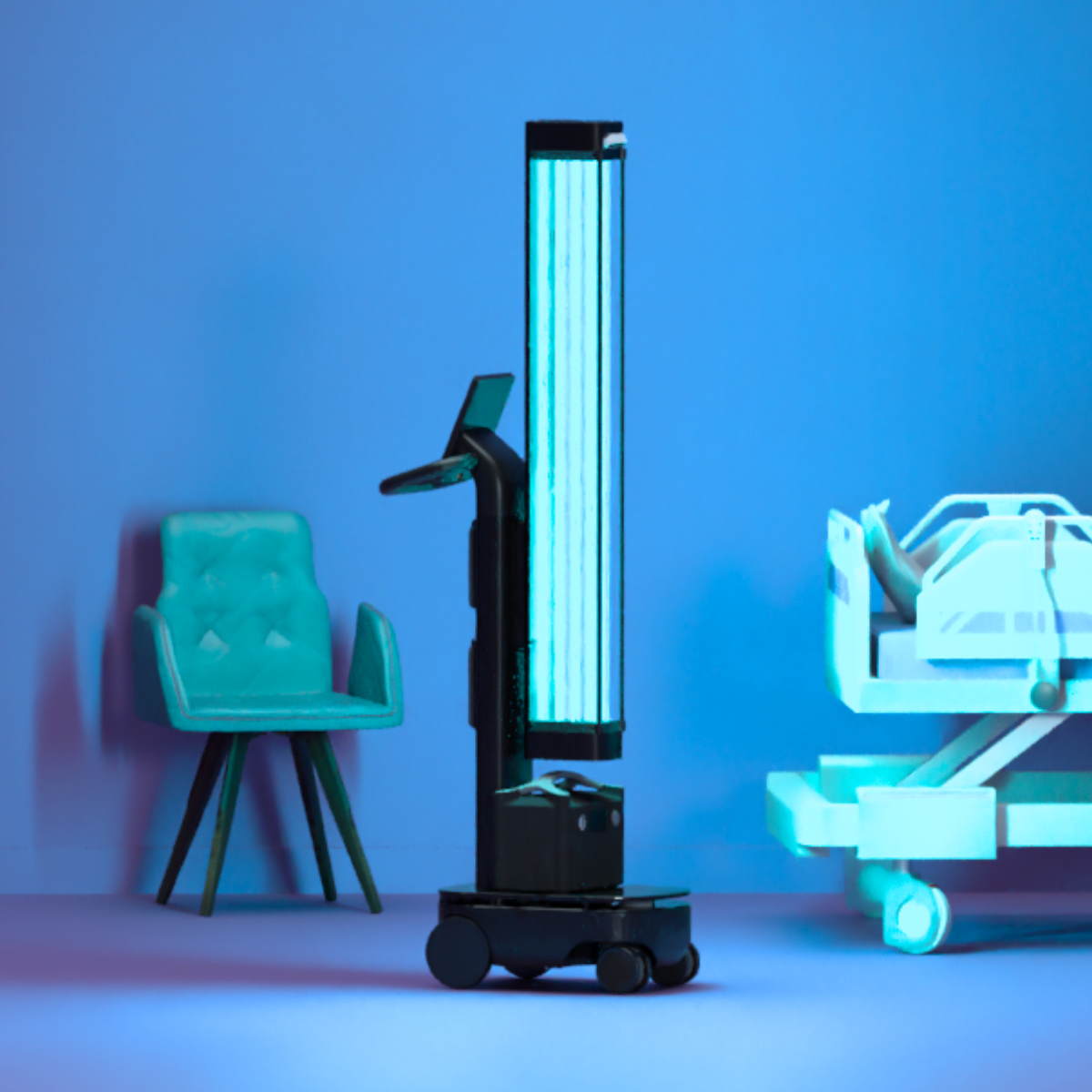Study: New fluorescent light technology detects hidden bacteria in wounds

Editor's Note Research led by the University of Southern California and published in the journal Advances in Wound Care showed new technology using fluorescent light has proven effective in detecting bacteria missed during standard wound cleaning, US News & World Report August 30 reports. In a review of 26 medical studies,…
Water quality: 5 Ws and an H for sterile processing pros

Asking who, what, why, when, where, and how—otherwise known as the “5 Ws and an H”— is a time-tested way for writers and researchers to ensure comprehensive coverage of any topic. Here, we apply this framework from the perspective of sterile processing department (SPD) professionals seeking to start a water…
Scaling standards from sterile processing department to clinic

Reforming instrument reprocessing practices does not always end with the main sterile processing department (SPD). Holding clinics to the same standard adds to the challenge, whether they are associated with hospitals or operate independently. Nonetheless, standardization is just as essential to maintaining efficiency and quality standards. Whether a clinic is…
Antiseptic nasal decolonization noses ahead

Over 20 years ago, an article from Johns Hopkins published in The New England Journal of Medicine showed that Staphylococcus aureus decolonization of the nares can decrease risk of surgical site infections (SSI). Since then, nasal decolonization—the application of a topical antimicrobial or antiseptic agent to the nares—has been adopted…
Surface disinfection: How to play your cards right with UVC light

Approximately one in 31 hospital patients has at least one infection on any given day, according to the Centers for Disease Control and Prevention (CDC). In surgical settings, the risk is even higher, with up to 7% of patients developing an infection during surgery. These infections can lead to a…
Study: UV-C light effectively disinfects non-sterile, high-touch surfaces

Editor's Note Although many studies have focused on infection transmission within the operating room, authors of research published in the March issue of the Journal of Infection Control focused their study of UV-C light disinfection on non-sterile hubs of patient care—in this case, high-touch surfaces within an academic endoscopy unit.…
Forced-air device outperforms standard endoscope drying practices, study shows

Editor's Note Authors of a recent study evaluating the effectiveness of a forced-air drying system for endoscopes argue that the results reinforce the need to re-evaluate standard drying practices. Findings were published February 24 in the American Journal of Infection Control. Wet environments resulting from inadequate drying practices can result…
Navigating the ‘tripledemic’: Flu, RSV, and COVID-19 in the OR

The healthcare sector has begun grappling with a repeat challenge this fall and winter: the simultaneous surge of three significant respiratory diseases—flu, respiratory syncytial virus (RSV), and COVID-19 among both children and adults. When these diseases collide, they constitute what experts have termed a “tripledemic,” which poses a significant strain…
Postpandemic applicability, usage of UV disinfection technology

The COVID-19 pandemic highlighted the importance of proper disinfection to manage and contain the spread of the disease. During the pandemic, ultraviolet (UV) disinfection technology played an important role in safeguarding public health and combatting COVID-19. Various uses of UV technology have become available on the market and can be…

 Free Daily News
Free Daily News